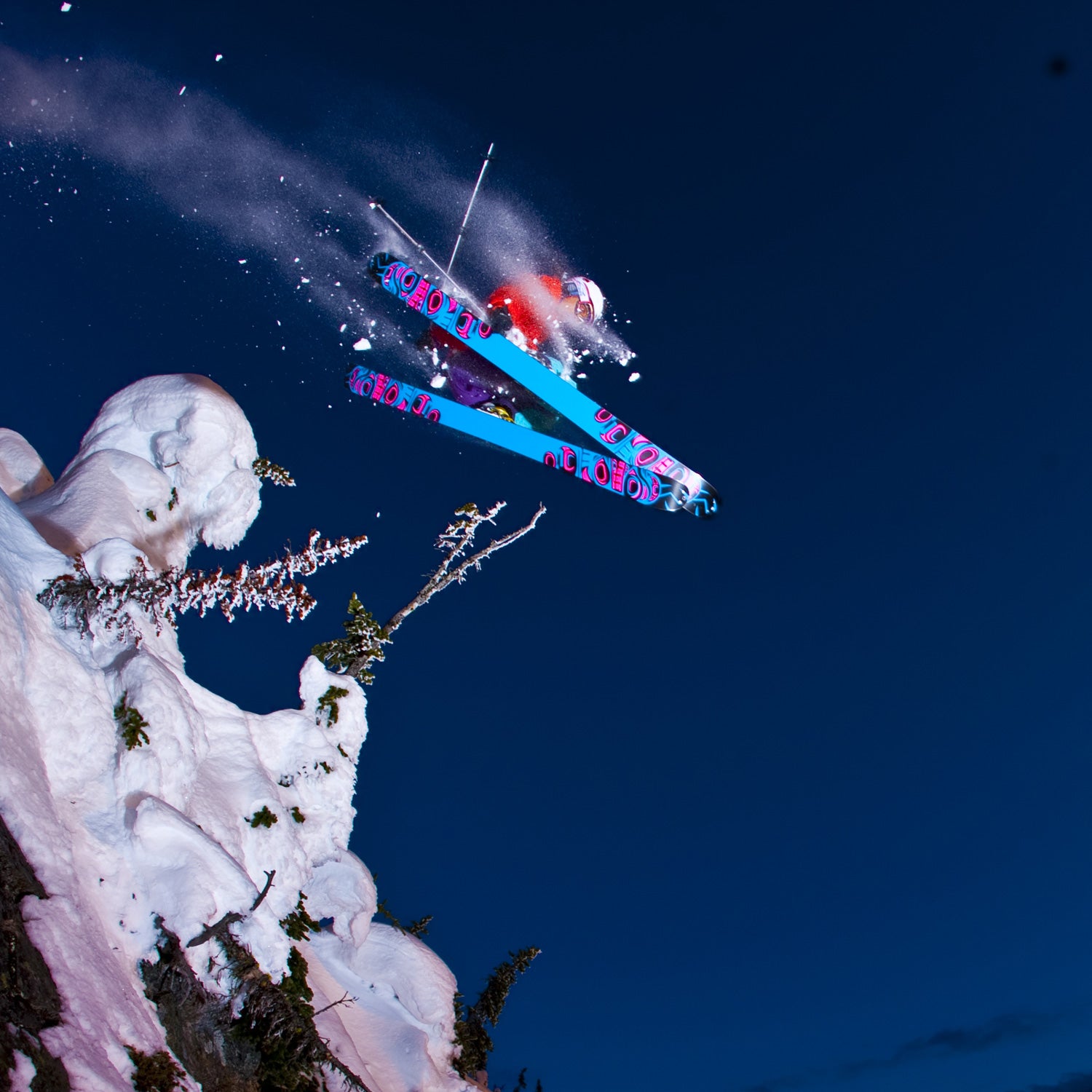It’s no secret that small hills are having a tough go of it. Between tight budgets, changing weather, and ever expanding conglomerate resorts, the only way to survive may be to forgo the pursuit of cash and seek 501(c) status. “It helps on taxes, and it may create some additional opportunities to reinvest in the ski area as a local community asset,” says Dave Byrd, director of risk management at the National Ski Areas Association.
Take in northern Wyoming. In 2011, when officials at Bighorn National Forest considered tearing down the facilities, locals created the nonprofit Antelope Butte Foundation to accept private funds; last September, the foundation made a $55,000 down payment on the $275,000 purchase price for the ski area. “It’s ours to either make happen or not,” says Andrew Gast, the foundation’s executive director, who hopes to reopen the resort next winter.
The move has already worked at smaller mountains like Ascutney in Vermont, Bogus Basin in Idaho, Mount Ashland in Oregon, and Bridger Bowl in Montana. At the former Hidden Valley ski area in New Jersey, the , a nonprofit for teaching kids to ski and ride, will open for its first full season this winter.
It’s about more than nostalgia or keeping an affordable mountain nearby; it makes good economic sense, too. “Even for people who don’t ski,” Gast says, “people are excited about keeping jobs right here.”


